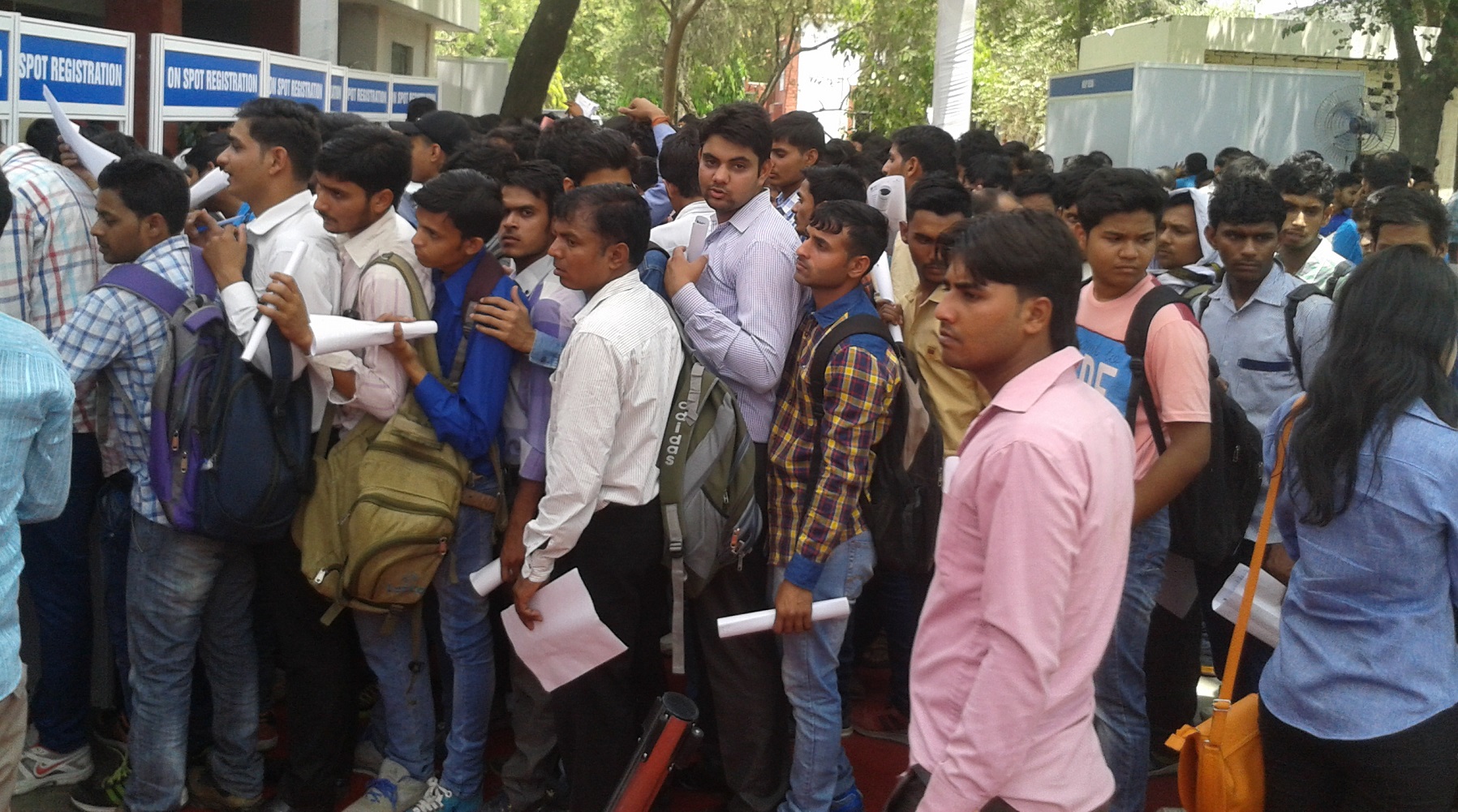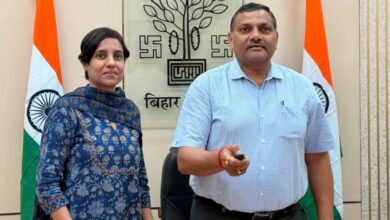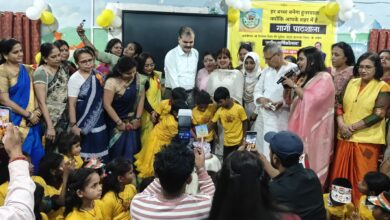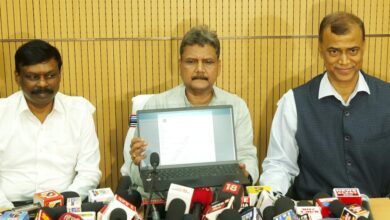District skill committees to play central role in PMKVY 3.0

By Mahendra Nath Pandey
Sharrufuddin Ahmad was working as a labourer in a big city in Assam when the pandemic struck, forcing him to return to his native village in the state’s Darang district. Unable to find livelihood, he struggled to make ends meet.
That was until he enrolled in a shortterm training programme in which he learnt to be a tyre fitter – a course that was made possible because of mobile training centres introduced by the ministry of skill development and entrepreneurship (MSDE) under the ‘Skill India’ mission. Today, Sharrufuddin works in a tyre repairing workshop and is able to look after his family.
Sharrufuddin’s story could be anyone’s. Millions lost their livelihood to the sudden attack of the disease. In order to address the woes of so many Indian workers, the government went into an overdrive. Skill training programmes were given impetus to reach the maximum and lakhs benefited from the short-term trainings and recognition of prior learning (RPL) certifications that allowed them to find livelihood even in remote locations.
For a country as large as India, skill development is an uphill task. Vast resources have to be invested — human and financial — in developing skills of such big numbers. The ministry of skill development and entrepreneurship, instituted in 2014 with a view to orchestrate synergised efforts in training and entrepreneurship development, has introduced a slew of measures to speed up skilling with standards.
Skill training gained importance with the launch of National Skill Development Mission, a new Skill Development and Entrepreneurship Policy in 2015, common norms and standards for schemes and the Pradhan Mantri Kaushal Vikas Yojana on 15 July 2015, under which more than 1.2 crore youth have been trained through improved standardisation of the skilling ecosystem in the country.
The next and third phase of Pradhan Mantri Kaushal Vikas Yojana (PMKVY) has been uniquely designed to boost demand for job roles at the regional level. Adopting a demand-driven approach, PMKVY 3.0 is aimed at connecting local youth with local jobs. The new age initiative recognises the importance of online training in a post-Covid world, and will focus on blended learning in addition to classroom-based training for certain job roles.
Decentralisation through involvement of local-level representative institutions in the formulation of development plans, as well as their implementation, is being encouraged primarily for efficient utilisation of resources and ensuring more reasonable sharing of benefit from development. To drive the ‘Skill India’ agenda in ‘Mission Mode’, State Skill Development Missions (SSDM) were launched in nearly all states to manage skill development.
In turn, most states also created designated district skill committees (DSCs) to facilitate skill development at scale with speed while adhering to high standards.
In the scheme of all things, DSCs will play a central role in the implementation of PMKVY 3.0, where they will be entrusted to carry out district-level skill gap and demand assessment, mobilisation and counseling of candidates and formation of training batches. Further, post training support and handholding the candidates after placements, besides addressing the grievances will also fall under the purview of DSCs.
There is still a huge gap between industry requirements and skills at the local level owing to a number of reasons, including inadequate training infrastructure, inappropriate mix of skills and education, outdated curricula, limited industry interfaces and limited standards.
DSCs will be empowered to undertake determination of sectoral priorities at the state level based on assessment of the needs of each sector and related industries to enhance qualitative and quantitative skill availability for the sector. We have seen some encouraging results under SANKALP (Skill Acquisition and Knowledge Awareness for Livelihood Promotion), where decentralisation is the focus. The programme attempts to create linkage by encouraging SSDMs to provide guidance to DSCs with respect to preparation of district plans and build capacities of DSCs through technical assistance and training.
With a population of an estimated median age of 28 years by 2022, in comparison to 37 in China and the US, 45 in Western Europe and 49 in Japan, India is clearly set to be the human resource capital of the world. However, the window of demographic dividend is expected to last five decades, i.e. 2005 to 2055.
Decentralisation has been at the core of institutional reforms in a number of developing and transitional economies.
Development plans with a bottom-up approach have seen good results in reducing social and gender inequalities, and in optimum distribution and use of resources. Decentralised planning can also be an enabler in achieving overall development, keeping in view the local resources, needs and aspirations to create an ‘Atmanirbhar Bharat’ and change the fate of many, like it has done for Sharrufuddin Ahmad.
(Mahendra Nath Pandey is Union minister for Skill Development & Entrepreneurship. This article first appeared in the Economic Times.)




